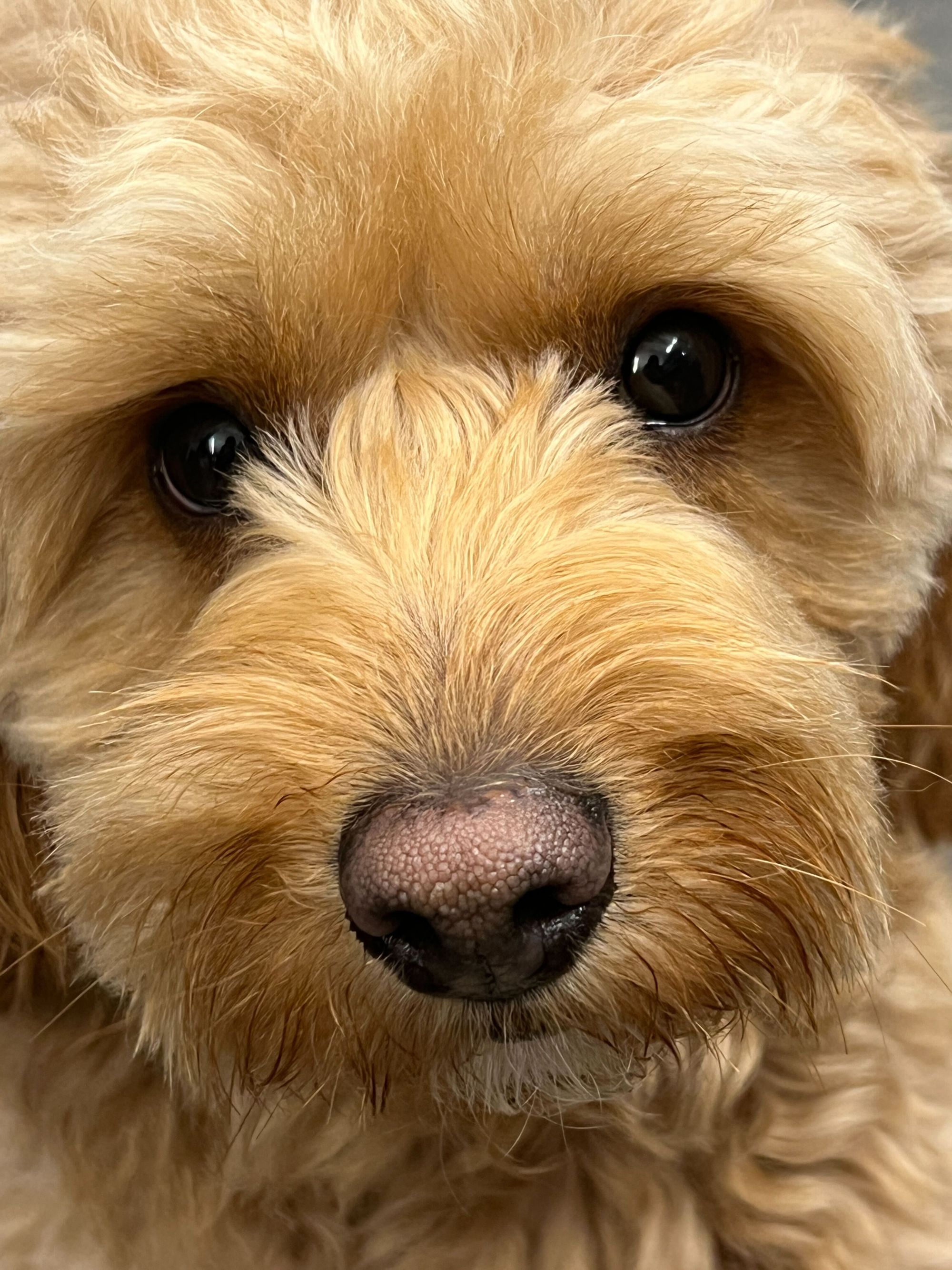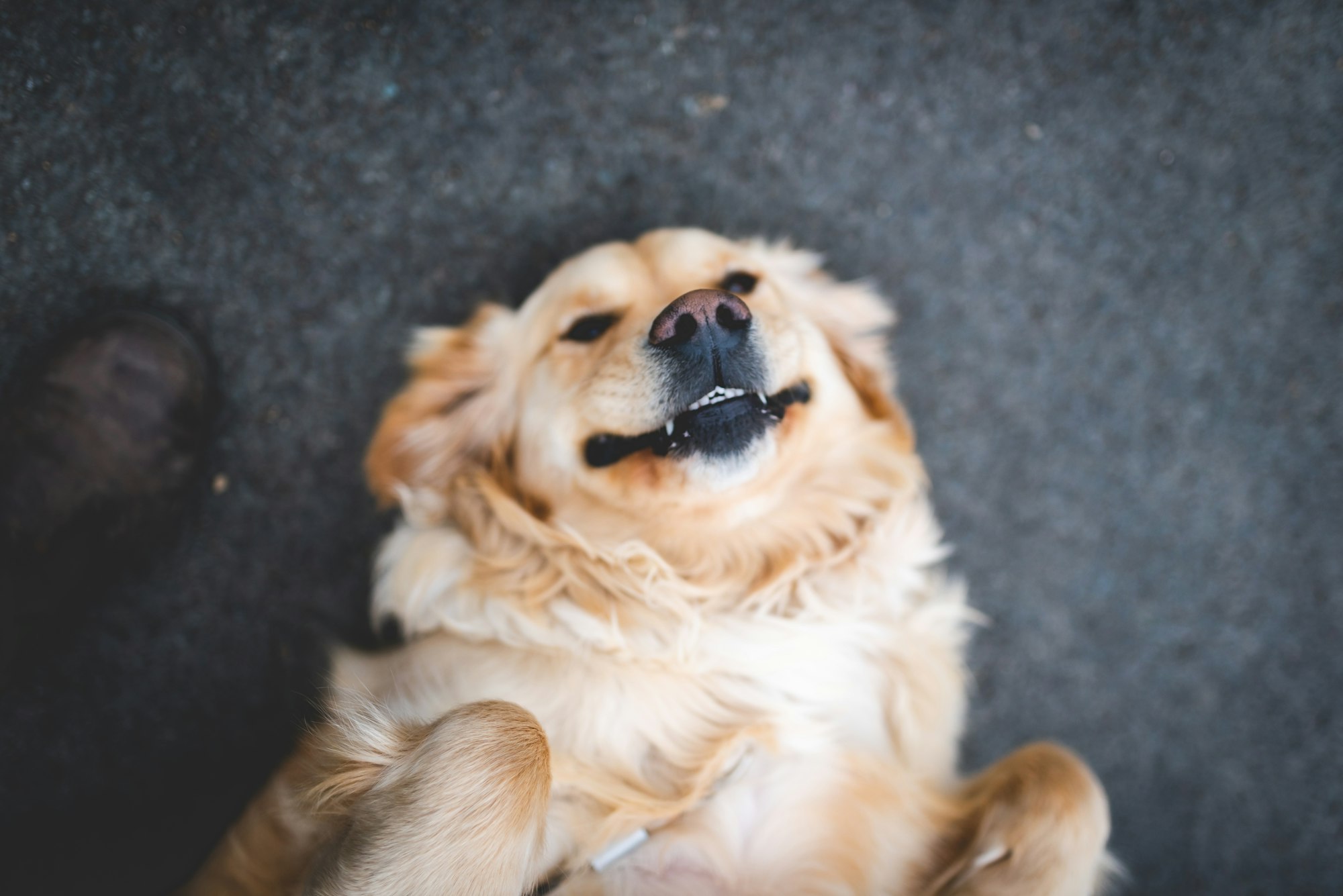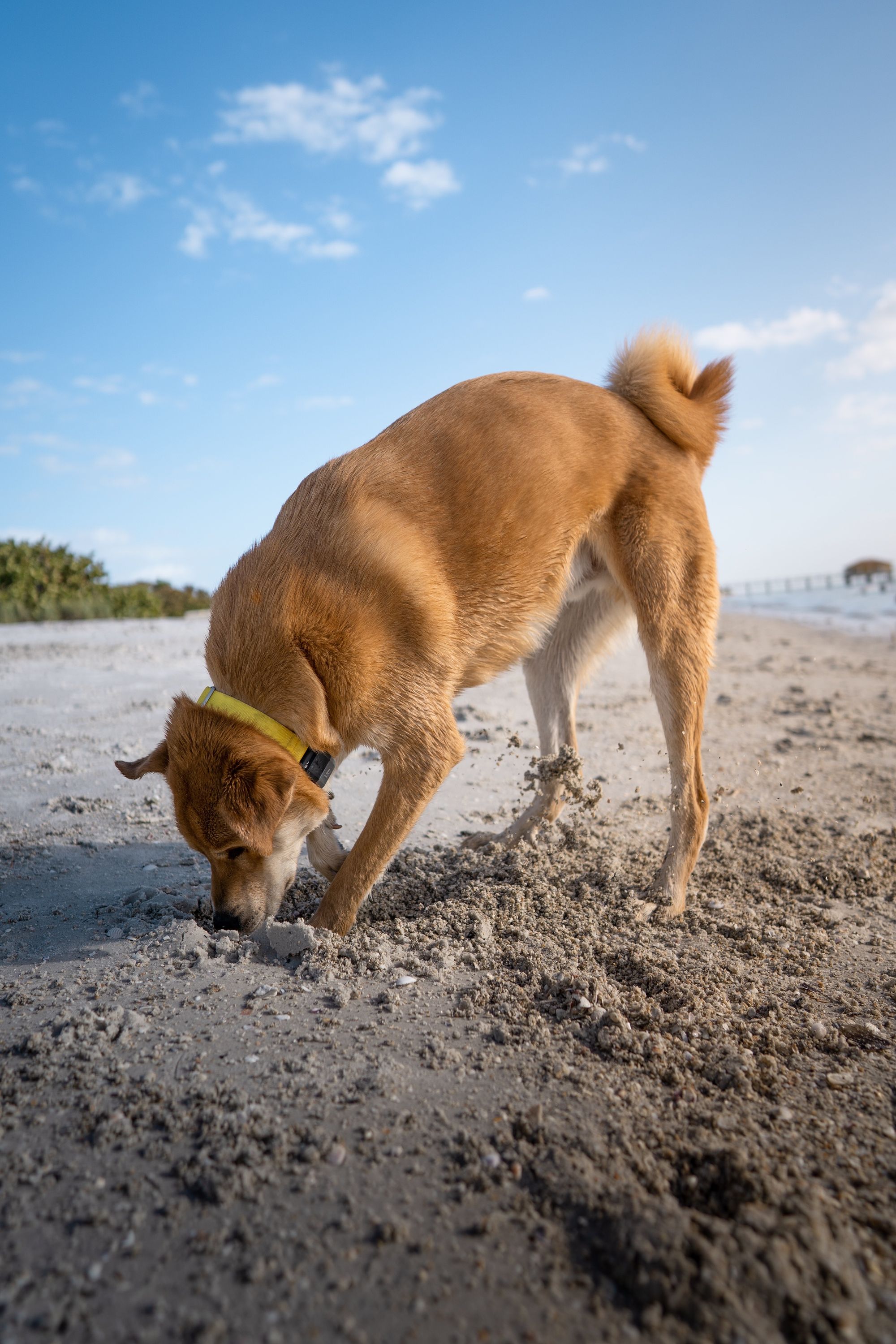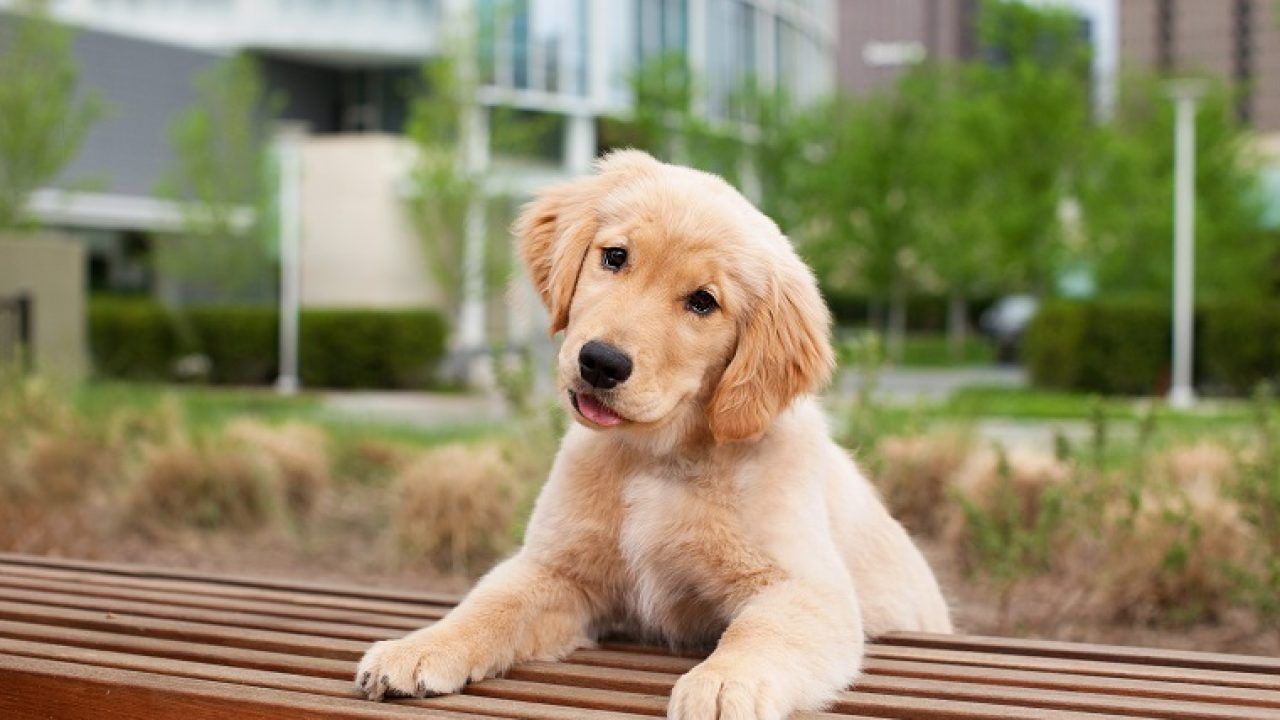As the winter season arrives, some dogs may develop a curious condition known as snow nose, also called winter nose or hypo-pigmentation of the nose. Snow nose is a temporary change in the color of a dog's nose from black or brown to pink or light brown, often with a speckled or mottled pattern.
While snow nose is usually not a serious health issue, it can cause some confusion and concern among dog owners, especially if they are not aware of the causes and treatments of snow nose. In this article, we will explore what snow nose is, what breeds are prone to it, what factors may trigger it, and how to manage it.
What is Snow Nose?
Snow nose is a benign cosmetic condition that affects some dogs, particularly those with a dark pigment in their nose. The nose, or more precisely the nasal planum, is the part of the dog's snout that contains a dense network of blood vessels, melanocytes (pigment-producing cells), and nerve endings.
The color of a dog's nose is determined by the amount and type of pigments, such as melanin, eumelanin, and pheomelanin, that are present in the skin cells. Dogs with a lot of melanin in their nose usually have a black or brown nose, while dogs with less melanin or diluted melanin may have a pink, liver, or blue nose.
Snow nose is a partial or complete loss of melanin from the nose, often occurring in patches or spots that can spread or merge over time. Snow nose can affect one or both sides of the nose and can appear suddenly or gradually.
Snow nose is not painful, itchy, or infectious, and does not affect the dog's ability to smell or breathe. Snow nose is a seasonal and reversible condition, meaning that the nose usually returns to its original color in the spring or summer, when the sunlight and heat stimulate the melanocytes to produce more pigments.

What Breeds are Prone to Snow Nose?
While snow nose can occur in any breed or mix of dogs, some breeds are more likely to develop snow nose due to their genetics or environmental factors. The following breeds are known to have a higher incidence of snow nose:
- Labrador Retriever
- Golden Retriever
- Siberian Husky
- Alaskan Malamute
- Bernese Mountain Dog
- Weimaraner
- Dalmatian
- Irish Setter
- Samoyed
- Chow Chow
- Doberman Pinscher
- German Shorthaired Pointer
These breeds often have a dark nose or a coat color that is related to the dilution of melanin, such as yellow, cream, white, or gray. Some of these breeds also live in cold or snowy regions, where the exposure to sunlight and temperature changes may affect the nose's pigmentation.

What Triggers Snow Nose?
The exact causes of snow nose are not fully understood, but several factors may play a role in triggering snow nose:
- Genetics: Some dogs may inherit a predisposition to snow nose from their parents, as snow nose seems to be a polygenic trait influenced by multiple genes.
- Hormones: Some hormonal changes, such as puberty, pregnancy, or thyroid imbalances, may affect the melanocytes' activity and lead to snow nose.
- Sunlight: Sunlight, or more precisely, the ultraviolet (UV) radiation in sunlight, is essential for the melanocytes to produce melanin. However, prolonged exposure to cold, dry, or cloudy weather, or reduced exposure to sunlight due to seasonal changes, may interfere with the melanocytes' function

How to Manage Snow Nose in Dogs?
Although snow nose does not require medical treatment or intervention, some dog owners may want to prevent or reduce the appearance of snow nose in their dogs. Here are some tips for managing snow nose:
- Provide proper nutrition: A well-balanced diet rich in essential nutrients, such as vitamins A, E, and C, omega-3 fatty acids, and zinc, can support the skin and coat health and enhance the melanin production. Avoid feeding low-quality or processed foods that may contain fillers, preservatives, or allergens that can weaken the immune system and cause skin problems.
- Use sunscreen: If your dog spends a lot of time outside, especially during the peak hours of sunlight (10 am to 4 pm), apply a pet-friendly sunscreen to the nose, ears, and other exposed areas. Look for a sunscreen with at least SPF 15 and no zinc oxide, as zinc can be toxic to dogs when ingested.
- Avoid irritants: Some chemicals or substances in the environment or in household products may irritate or dry out the skin, including the nose. Avoid using harsh detergents, cleaners, or fragrances around your dog and provide a clean and cozy living space with proper ventilation and humidity.
- Consult a vet: If your dog's snow nose seems to be accompanied by other symptoms, such as itching, swelling, or discharge, or if it persists or worsens over time, consult a veterinarian. Your vet can perform a physical exam, run some tests, and prescribe a topical or oral medication if needed.
What About a Senior Dog's Nose?
As dogs age, some may experience changes in their nose color that is not snow nose. This is often due to a combination of health factors, such as hormonal changes, medication side effects, and exposure to environmental irritants. For example, certain health conditions, such as hypothyroidism or autoimmune disorders, can affect the skin cells' melanin production and lead to depigmentation of the skin, including the nose.
Additionally, some medications may have side effects that affect the skin's pigmentation or cause photosensitivity, leading to changes in the nose's color. If you notice any unusual or persistent changes in your dog's nose color or texture, it's important to consult a veterinarian for a proper diagnosis and treatment plan. Your vet can perform a physical exam, run some tests, and recommend the best course of action based on the underlying cause of the nose discoloration.
Conclusion
Snow nose is a common and harmless condition in dogs, characterized by a temporary loss of pigmentation in the nose. While snow nose can be a cosmetic concern for some dog owners, it does not affect the dog's health or function, and usually resolves on its own in the warmer months.
Understanding the causes and triggers of snow nose, as well as how to manage it, can help dog owners feel more at ease and prevent unnecessary worry or stress. However, if you notice any unusual or persistent changes in your dog's nose, or if you have any concerns about your dog's health or behavior, always consult a trusted and qualified veterinarian for advice and care.

